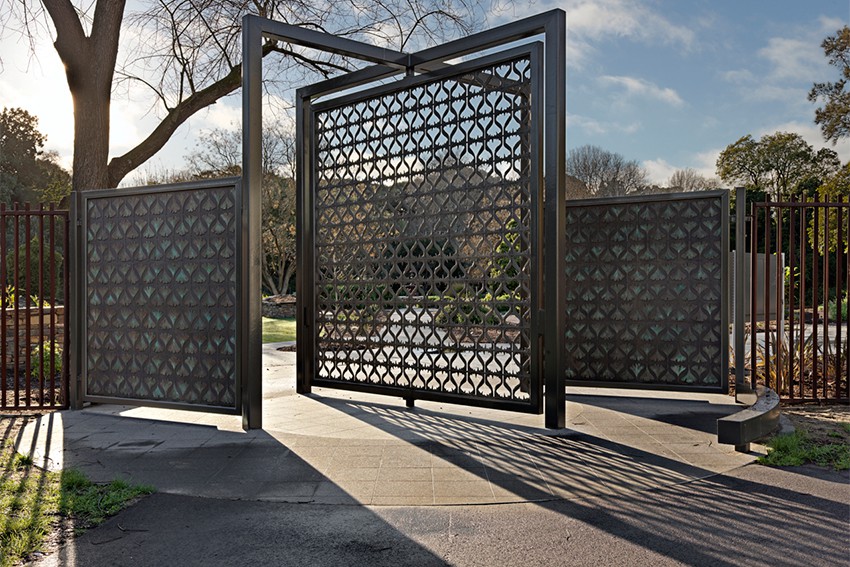Ginkgo: The Tree that Remembers Time

Every plant has a story to tell. The story of the maidenhair tree or ginkgo (Ginkgo biloba) is an enthralling epic that resonates through 200 million years of history. Ginkgo’s beauty and survival through deep time is an important touchstone in our world that’s largely forgotten the meaning of time.